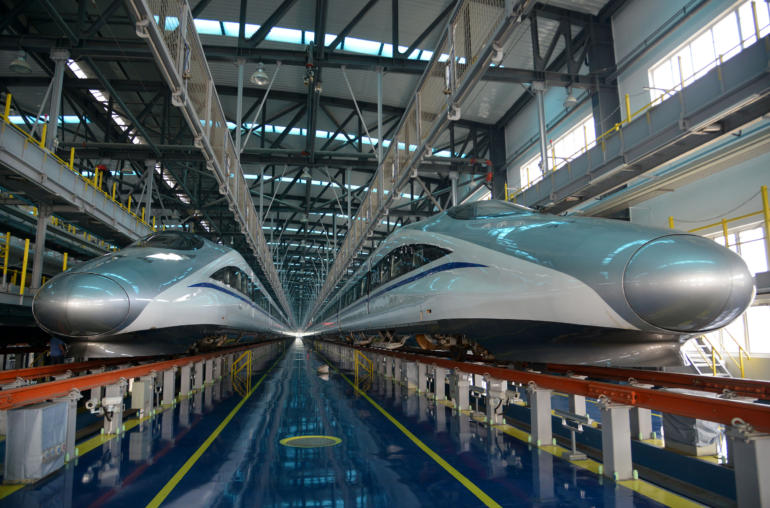Jorge Heine is a public policy fellow at the Wilson Center in Washington DC, a non-resident senior fellow at the Center for China and Globalization in Beijing and a former ambassador of Chile to China. His analysis represents his views alone.
![]()
In life, upon hitting forty, one ceases to be a promise, a “golden boy” or a “golden girl.” At that stage, one must have delivered and have something to show. Forty years after China´s reform and opening up process initiated in 1978 under the leadership of Deng Xiaoping, where does China stand?
There is little doubt that China has come a long way. It is by now the second largest economy in the world, with a GDP of over 12 trillion U.S. dollars (some 15 percent of the world product); its life expectancy has increased by nine years to 76; and some 800 million people have been lifted from poverty. There is a reason why observers refer to Shanghai as the first city of the 22nd century, and its students take first place in worldwide tests.
Beyond the raw numbers, which in China are always overwhelming, there is, however, a deeper message conveyed by the country’s experience in this period, one with special resonance in the Global South.
In the late seventies and early eighties, the standard line in what was then known as the Third World, was that underdevelopment in Asia, Africa and Latin America was rooted in too much dependence on the international economy and on the First World in particular. The way forward, it was said, was to cut back on that, and move towards greater autarky and self-sufficiency. The way towards growth, autonomy and development was by looking inwards, not outwards.
And yes, that had been China’s approach for the first three decades of the PRC. But what the reform process started in 1978 did was to turn that notion upside down. The genius of Deng Xiaoping was to realize that Third World theorists had managed to get it exactly backwards. It is only by engaging with the world market, by fostering competition at home and abroad, while at the same time setting prudent boundaries to that very market, that countries prosper, business thrives and the standard of living rises.
Expanding agricultural production and applying industrial policies to foster manufacturing, while keeping a tight control over financial policies that promote foreign trade and FDI, but safeguard from the perilous waves of global capital, yet pick winners in local productive activities, was a winning formula. A proper medium- to long-term outlook in decision-making, so different from the short-termism found in the West, was also part of it.
For much of its 5,000-year history, emperors in China struggled to unify and bring together its vast land. Over the past fifteen years, thanks to mobile telephony and bullet trains, this has finally happened. The Belt and Road Initiative (BRI), China’s development proposal for the Global South, puts the building of infrastructure and connectivity front and center, aiming to foster this same progress worldwide.
At a time of great turbulence in world affairs, when protectionism and isolationism are once again raising their ugly heads, there is a lesson there, for all those who care to see it.
 CGTN America
CGTN America Photo: China’s high-speed railway trains. (VCG)
Photo: China’s high-speed railway trains. (VCG)

